by Carley Goodreau
A sure sign that winter is coming are flocks of birds migrating south to escape the cold. Each year we say goodbye to our feathery friends seeking greener pastures to ride out the chillier months. But not all birds migrate. In fact, many species choose to stay right here in Alberta throughout the winter.
Should I stay or should I go?
What a bird eats plays a large part in whether or not it will migrate. Birds that survive mainly on flying insects and nectar tend to migrate south to find more abundant sources of these foods.1 Seed eaters and birds that can forage for insects hibernating in bark are the most likely to stick around for the winter.2 Although they look small and delicate, feathers provide excellent insulation, and birds are very efficient with their energy usage.
The list of typical species has expanded over the years due to human involvement – the presence of feeders or the introduction of non-native fruit bearing plants providing enough food for birds to stay in northern regions throughout the winter.3
Some birds you can find in Alberta during the winter are various species of chickadees, magpies, waxwings, nuthatches, finches and woodpeckers.4 Owls overwinter in Alberta as well, but backyard sightings are less common.
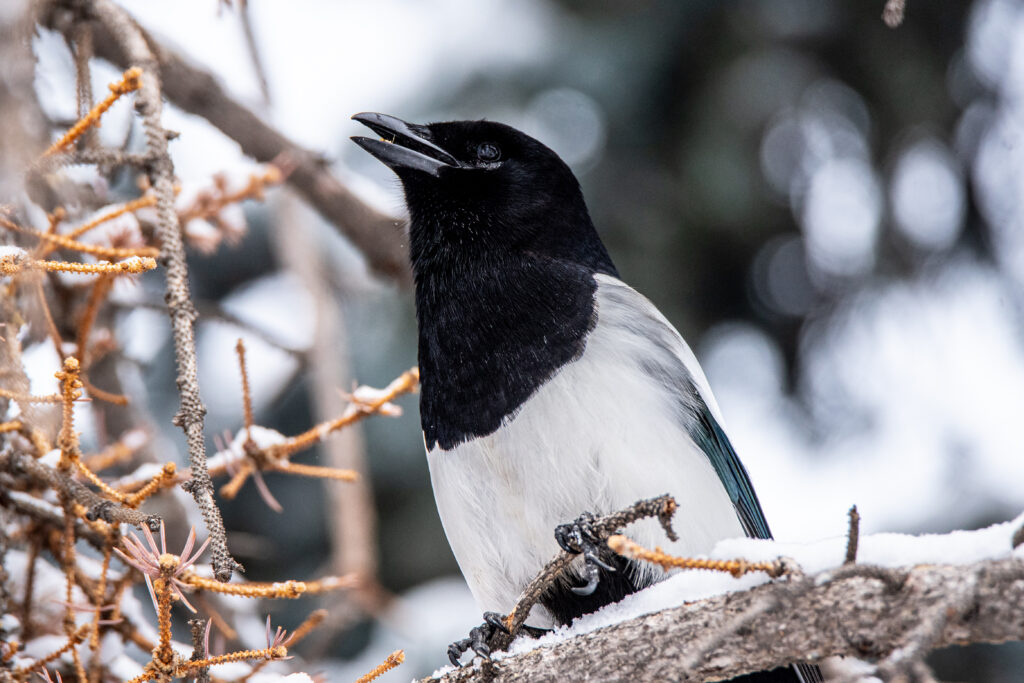
Lending a (mittened) hand
There are a few things you can do to help ensure the health and safety of your neighborhood birds throughout the upcoming cold months.
1. Clean your feeders
2. Avoid heated bird baths
3. Provide bird friendly food
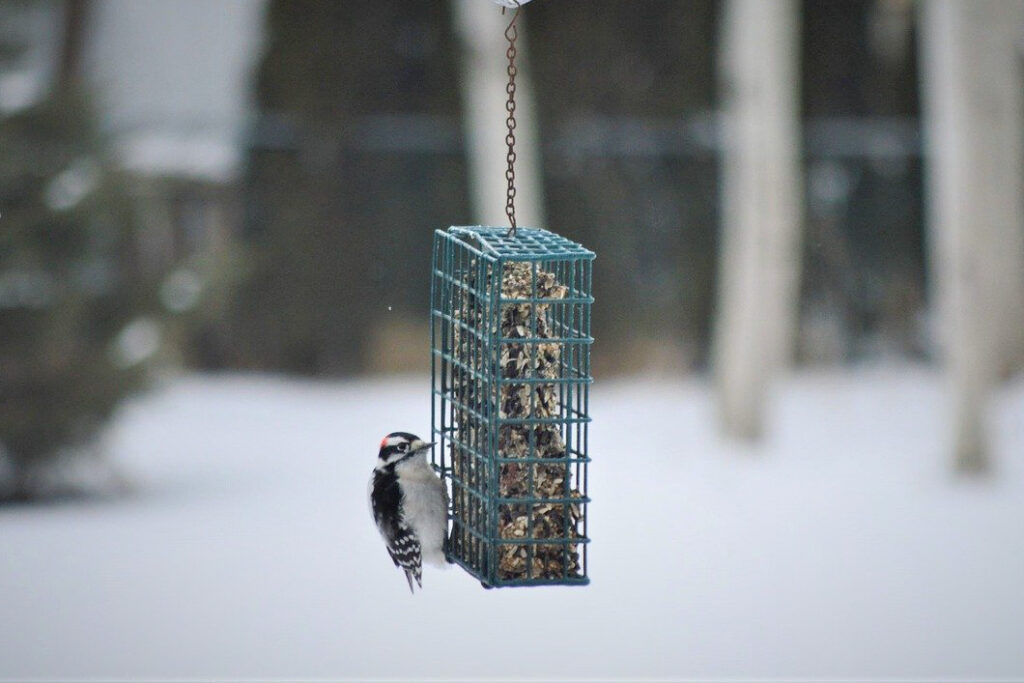
Birds need high fat content food to maintain their energy. Black sunflower seeds and suet are excellent winter food choices for birds.10 Avoid offering pet food – it attracts cats – and bread and dehydrated coconut can swell inside bird stomachs.11
As always, our nature neighbours are best viewed from a distance, and any interactions, like feeders, should be undertaken with care. You can call our hotline (403-946-2361) if you notice a bird hurt or unwell this winter.
Footnotes
- Michael Reed, “Why Don’t All Birds Fly South for the Winter?” Tufts Now, September 29, 2022
- Reed, “Birds Fly South.”
- Reed, “Birds Fly South.”
- “Winter Birds of Alberta,” iNaturalist.ca, accessed November 6, 2023
- “Keeping Feeder Birds Healthy,” Birds Canada, accessed November 9, 2023.
- “How to Support Birds in Winter,” Birds Vancouver, last modified December 1, 2021.
- “Winter Bird Baths,” narrated by Laura Erickson, For the Birds, Laura Erickson’s For the Birds, January 3, 2001.
- “Are heated bird-baths all right to use in the winter?” FAQs, Canadian Wildlife Federation, accessed November 9, 2023.
- “Winter Bird Baths.”
- “Support Birds,” Birds Vancouver.
- “Support Birds,” Birds Vancouver.

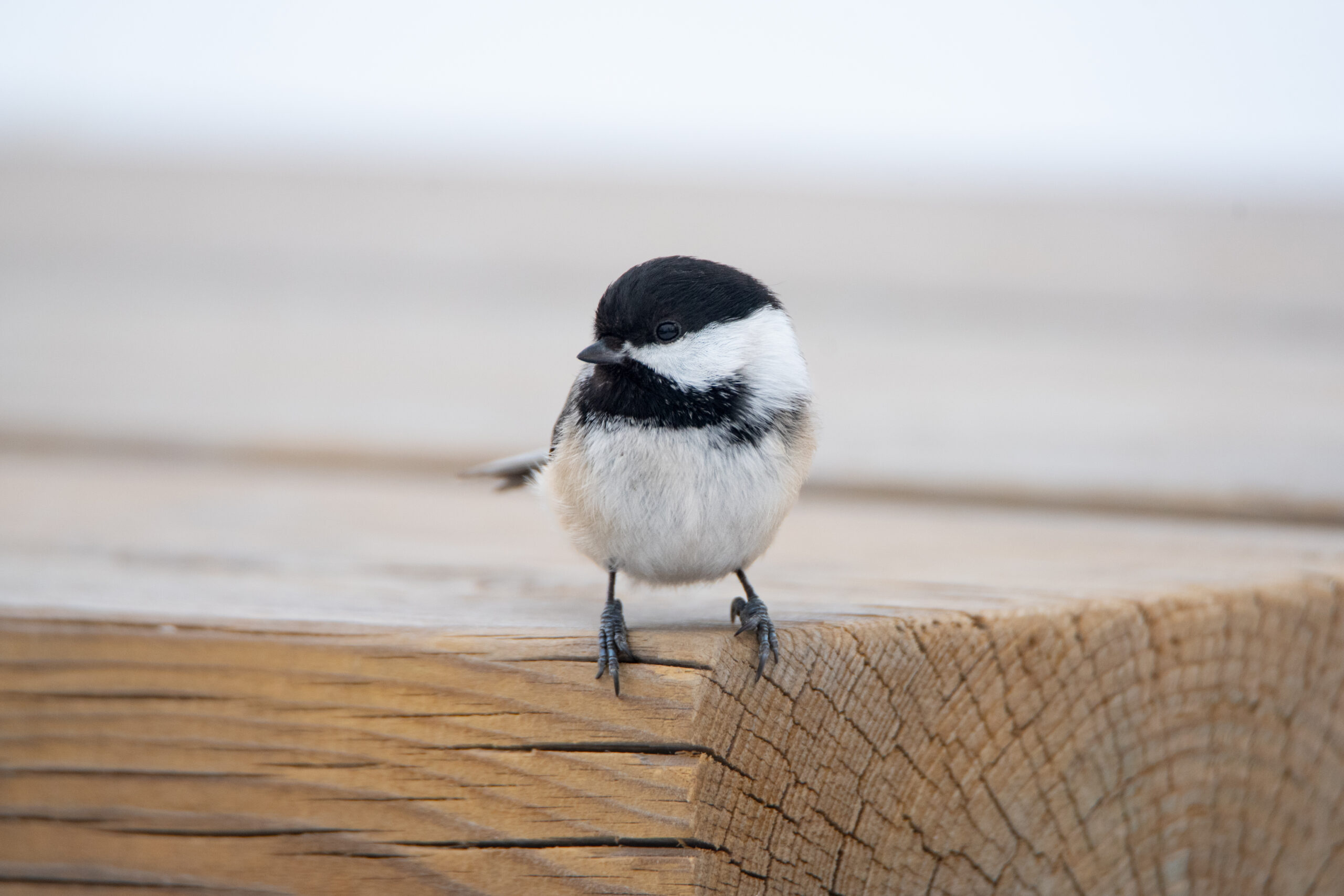
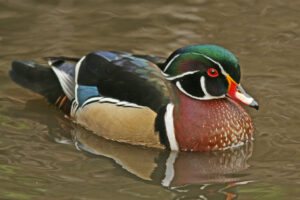
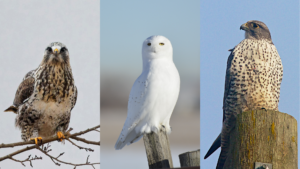
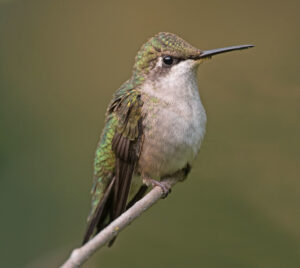


2 thoughts on “Winter Backyard Birds”
I feed peanuts to the larger birds and mixed seed for the smaller, plus suet in the winter. During the very cold winter days, all the birds rarely come to the feeders. Where do they go? On the branches of the evergreens to stay warm?
You’d be right, most birds avoid the cold by huddling in sheltered spaces. Chickadees, for example, will often hide under the snowpack in extreme cold.